Genesis is taking a different approach with its first bespoke electric vehicle.
The Genesis GV60 is the fun, youthful and upmarket version of its related futuristic-looking Hyundai Ioniq 5 and slick Kia EV6 siblings – with added free charging and servicing perks.
But is it enough to warrant the extra price jump into six-figure territory?
There’s only two highly-specified GV60’s sold in Australia, including all-wheel drive (AWD) and Performance AWD models.
We tested the AWD variant starting from $103,700 before on-road costs painted in the Hanauma Mint exterior colour (no cost extra), matched to a Glacier White and Monstera Green interior with copper accents and Digital Dots aluminium garnish (no cost extra).
zecar rating
Good points
- In-car technology is a step up
- Distinctly different from Ioniq 5 and EV6
- Free charging and servicing inclusions are key selling points
Could be better
- Plastic interior materials can be improved given its price
- Physical key is separate from key fob
- Quirky exterior design arguably doesn’t ‘fit’
EDITOR’S NOTE: The test vehicle was provided by Genesis Australia for a seven-day independent evaluation.
Design
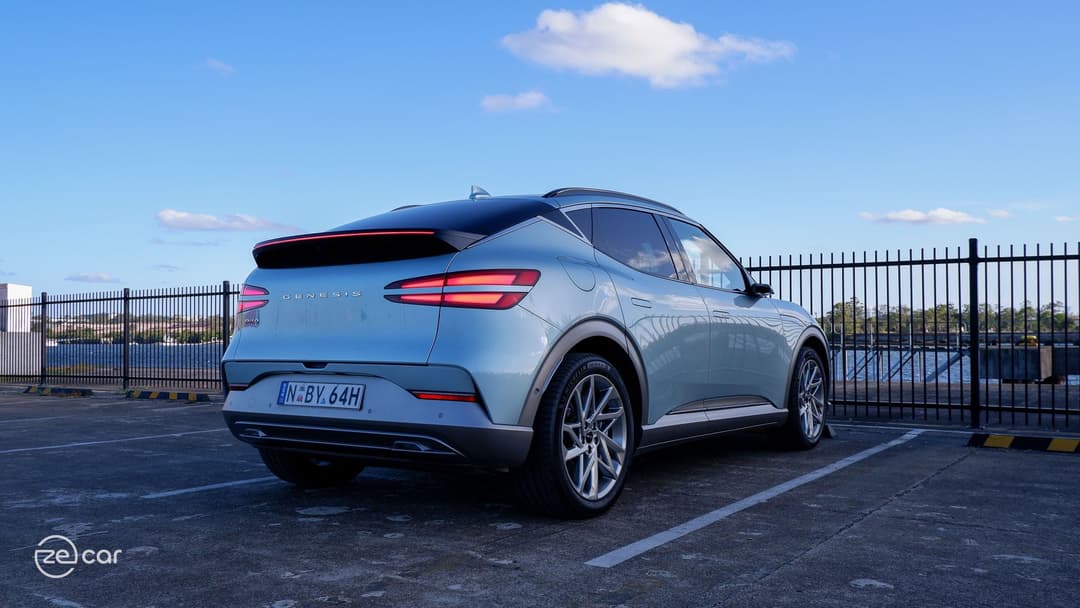
The Genesis GV60 is the shortest of the South Korean trio at 4515mm long, making it a quirky, cute and chubby design especially when paired with this Hanauma Mint colour (no cost extra). At the same time, it retains some sporty elements like a prominent gloss black rear spoiler featuring a full-width brake light strip, a Z-shape motif on the C-Pillar, and a wide front bumper opening. The luxury brand has still infused some signature design elements like the split head- and tail lights, crest grille at the bottom and web-like 20-inch alloy wheels.
But, it arguably doesn’t fit as well into the Genesis line-up and looks odd with its rounded, smaller but stout proportions. From the outside, it doesn’t look like a six-figure premium vehicle – both the slightly cheaper Hyundai Ioniq 5 and Kia EV6 do a more convincing job of standing out. Choosing a more subdued darker blue or typical grey, silver and black shades would likely improve its perceived upmarket cachet.
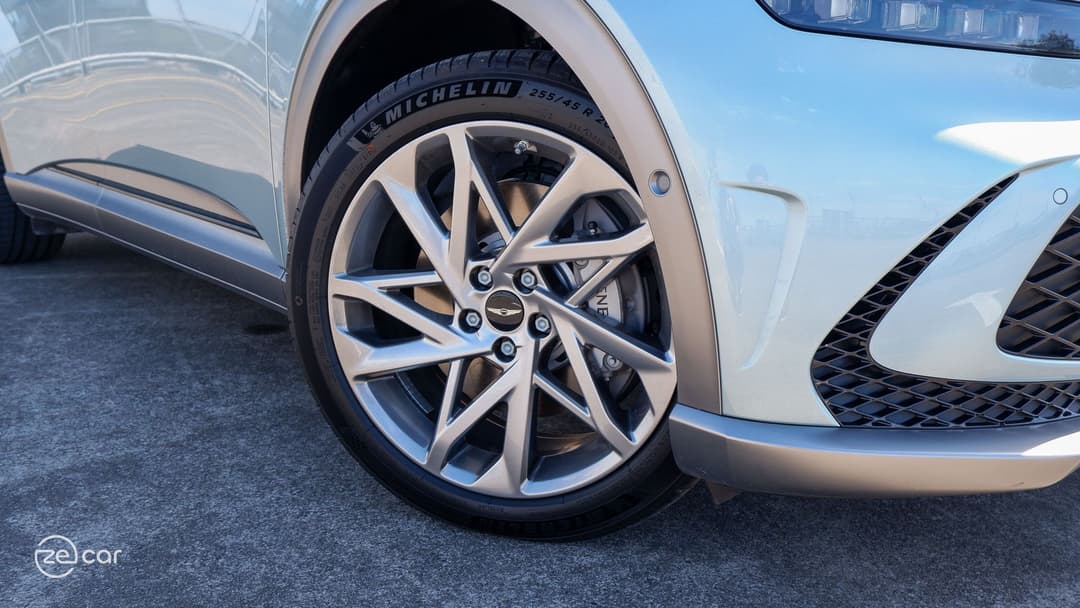
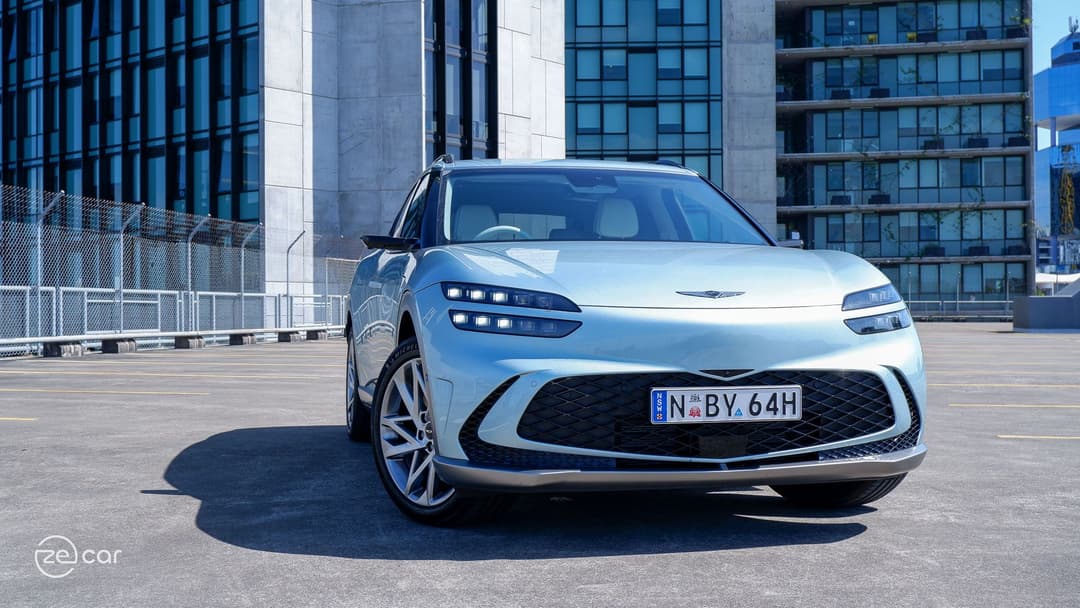
Still, the GV60 turned people’s heads during the week due to its overall quirky design, mint blue colour, slim digital side mirrors, and the fact that any Genesis is still rare on Australian roads today. A Ford Falcon driver even gave me the thumbs up in the GV60.
An advantage of choosing a Genesis is that all gloss exterior colours and interior configurations are free-of-charge. The cream Glacier White Nappa leather seats and steering wheel, with Monstera Green dashboard and seat belts (no cost extra) are a unique and quirky combination that compliments well to lift the interior.
Exclusive to this AWD variant is copper accents around the air vents, piping on the seats and prominent stitching across the dark green dashboard and upper doors, while the silver aluminium-looking surfaces on the centre console and front dash are printed with dots to make the interior better fit with its luxury badge.
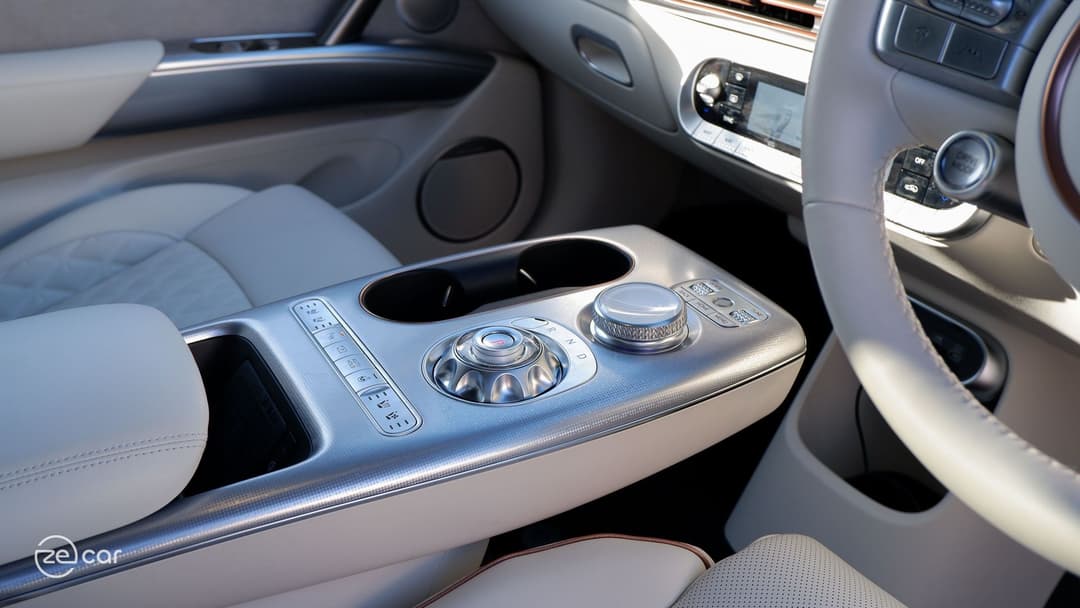
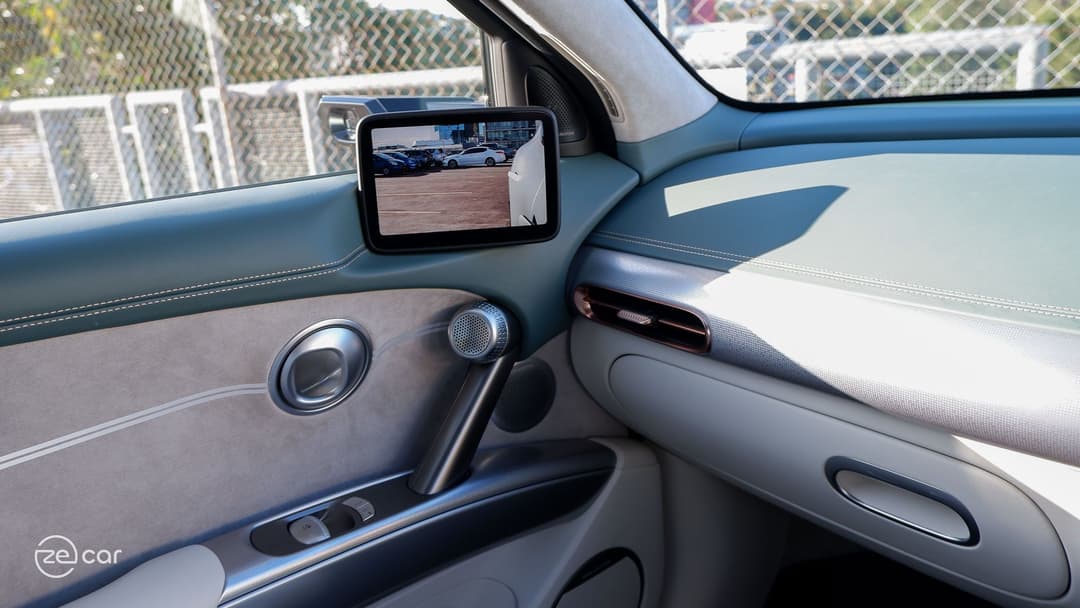
Similarly, I like the dual 12.3-inch displays that have a more discreet black bezel and are slimmer than the Ioniq 5 and EV6, with soft suede across the door panels and headliner, a leather steering wheel with a sporty thick rim, and soft green leather dashboard adding to the upmarket quality feel.
However, while the unique interior presents well, I expect higher quality materials for its six-figure price tag.
The silver metal-looking buttons, window switches, knobs, paddle shifters and copper painted air vents still all feel like plastic. Granted, they’re solid and damped – but reminiscent of what’s found in the Ioniq 5 for $30K less.
Adding real metal or at least three-dimensional textures to the dot surfaces on the floating centre console and dashboard will lift up its appeal. A particular culprit is the overhead sunglasses holder, which aesthetically looks cheaper than the rest of the metal-look plastics in the cabin.
Practicality
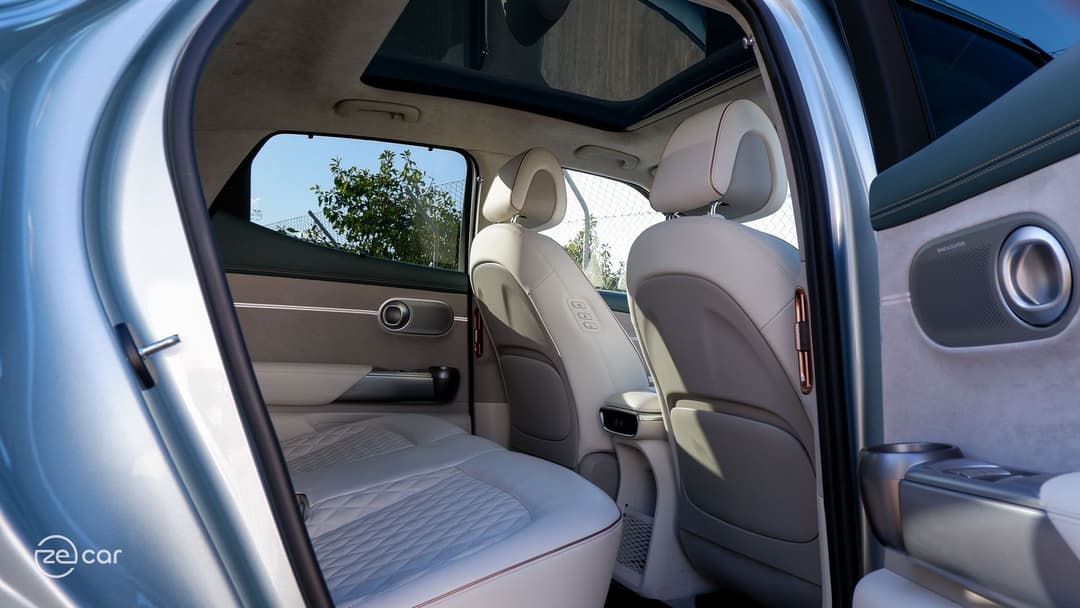
The Genesis GV60 has 432-litres of boot space or 1460-litres when the rear row seats are folded down.
It’s adequate with a flat loading lip, but lacks any bag hooks to keep things secure; you’ll need to use the luggage net instead. Underfloor storage is limited due to the subwoofer for the Bang & Olufsen speaker setup and rear motor, but the foam divider underneath can store the included charging cable, vehicle-to-load (V2L) adapter, and first aid and tyre repair kits.
Thankfully, despite the light-coloured interior, the seat backs and boot floor are carpeted in black so it’s less prone to showing dirt. Also noteworthy at the boot is a 12-volt power socket; horizontal line patterns reminiscent of the Ioniq 5; LED lamp in Genesis’ diamond pattern; three adjustable cargo blind positions for the rear seats to recline back; a metal-looking cuff plate; and the soft suede headliner extends all the way to the back.
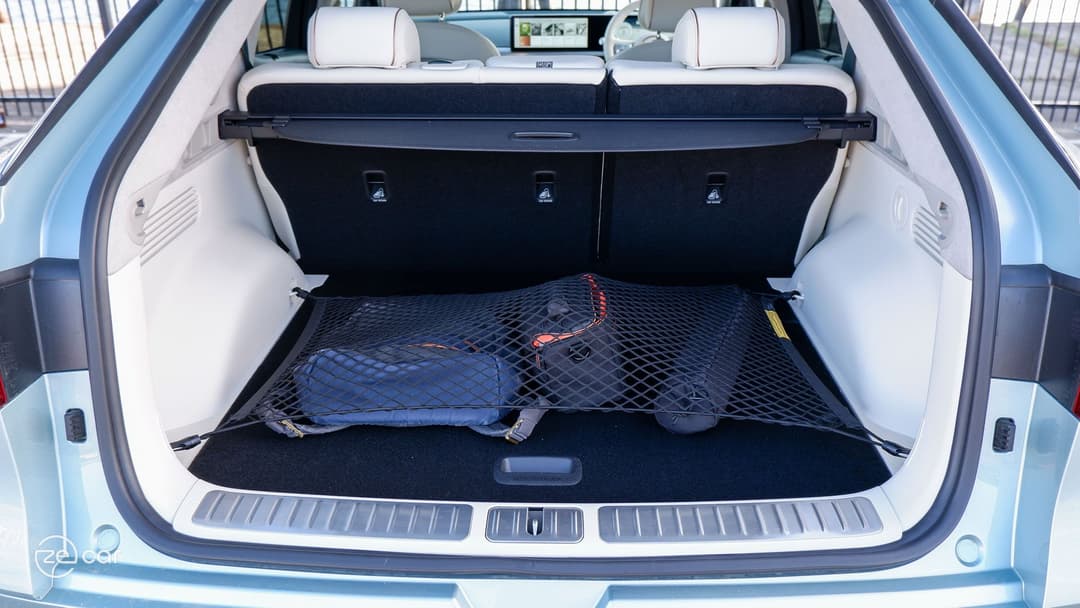
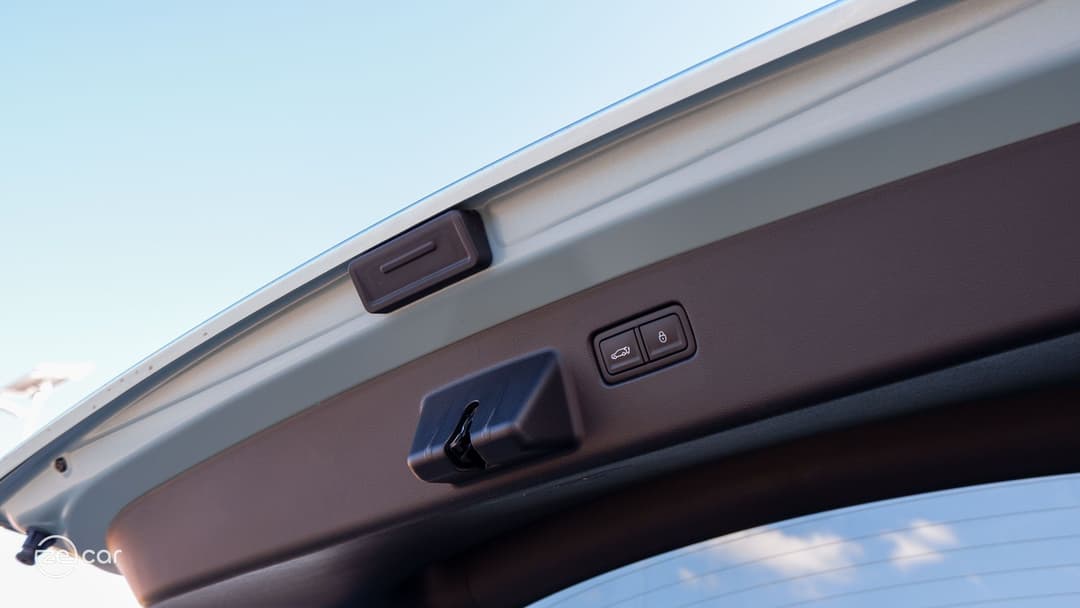
I like the addition of a lock button on the power tailgate, which locks all doors immediately after the boot closes without needing to fumble with the front door handles or key fob. This isn’t available on its cheaper Hyundai Ioniq 5 and Kia EV6 siblings.
Likewise, the GV60 exclusively offers a built-in securing net for its small 20-litre frunk. It is found in the Kia Niro EV small SUV we tested, though.
Despite the shorter length than its South Korean siblings, the Hyundai Motor Group Electric Global Modular Platform (E-GMP) still offers plenty of legroom and decent headroom for rear passengers due to its 2900mm wheelbase (same as the EV6). But, like most electric cars, the floor is higher to accommodate the batteries so my legs are perched up a little and it's difficult to stretch your feet underneath the front two seats, unless they’re set higher.
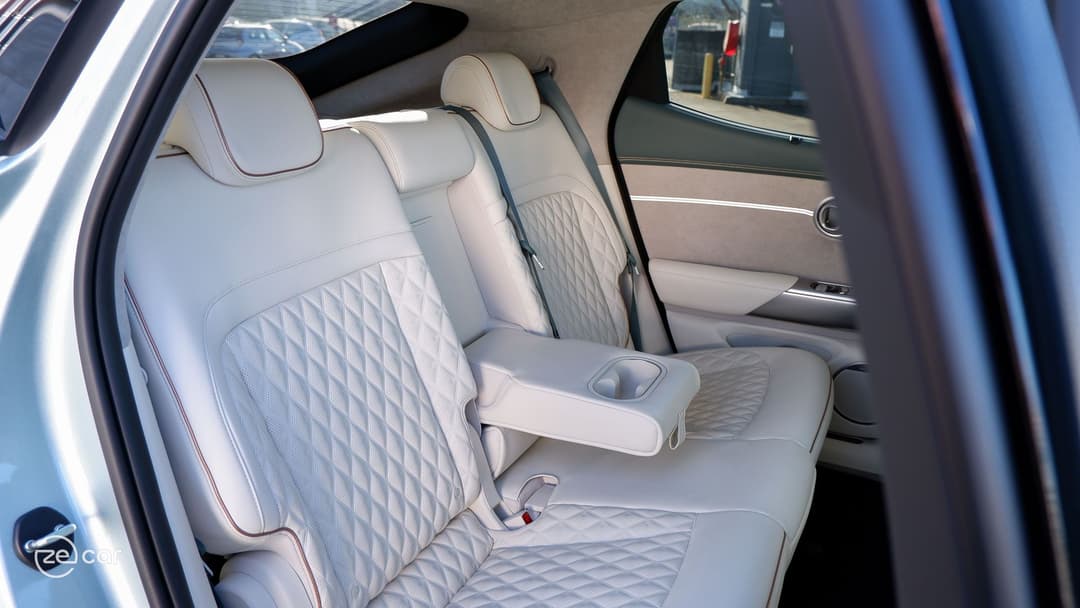
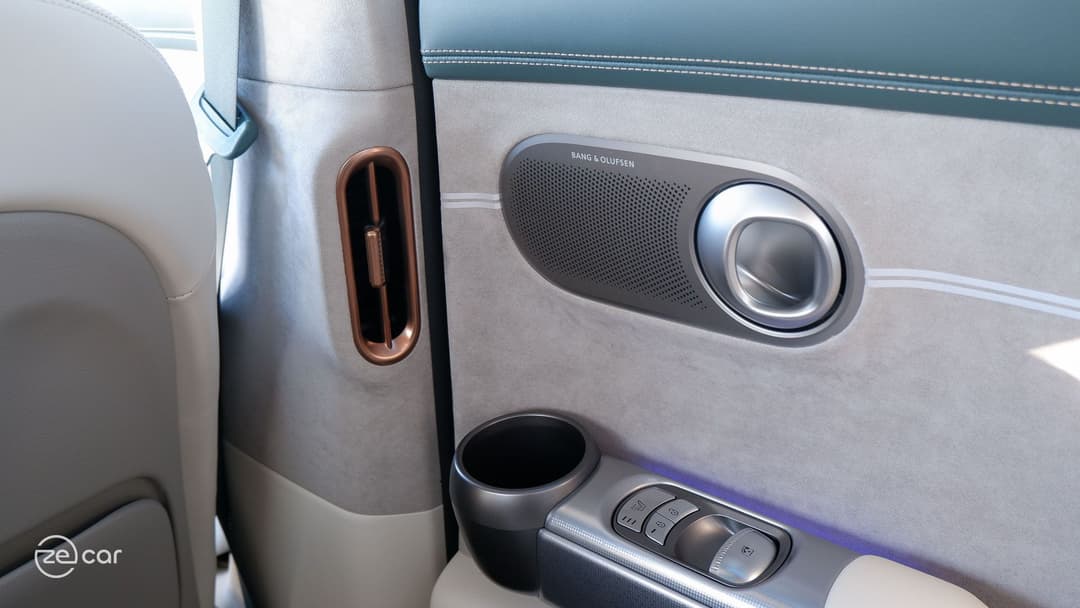
The same interior quality and materials carry to the back with three-stage heated Nappa leather seats (instead of one-stage on the Ioniq 5 and EV6); plastic-painted copper air vents on the B-pillars with silver coat hooks above; durable hard seat backs with pockets; manual rear window sunshades; black carpeted floor mats; and dedicated lock/unlock door buttons for rear passengers.
Strangely, the panoramic glass roof doesn’t extend all the way to the rear passenger’s heads and is heavily tinted – to the point that it’s hard to see what’s outside – unlike the Ioniq 5 and EV6.
Furthermore, the Genesis GV60 crossover can’t hold my big water bottle anywhere besides the front two centre cup holders, but it makes up for it with plenty of smaller storage places. The rear row has a quirky circular cup holder at the end of the armrest, but I’d like to see felt-lined door bottle holders like the EV6 given its heftier price point.
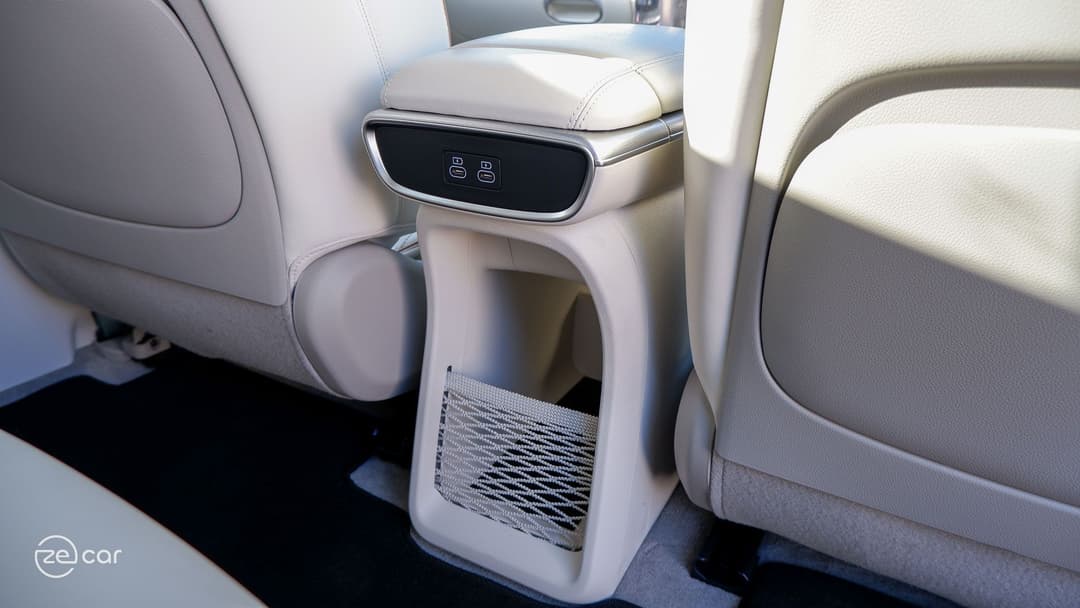
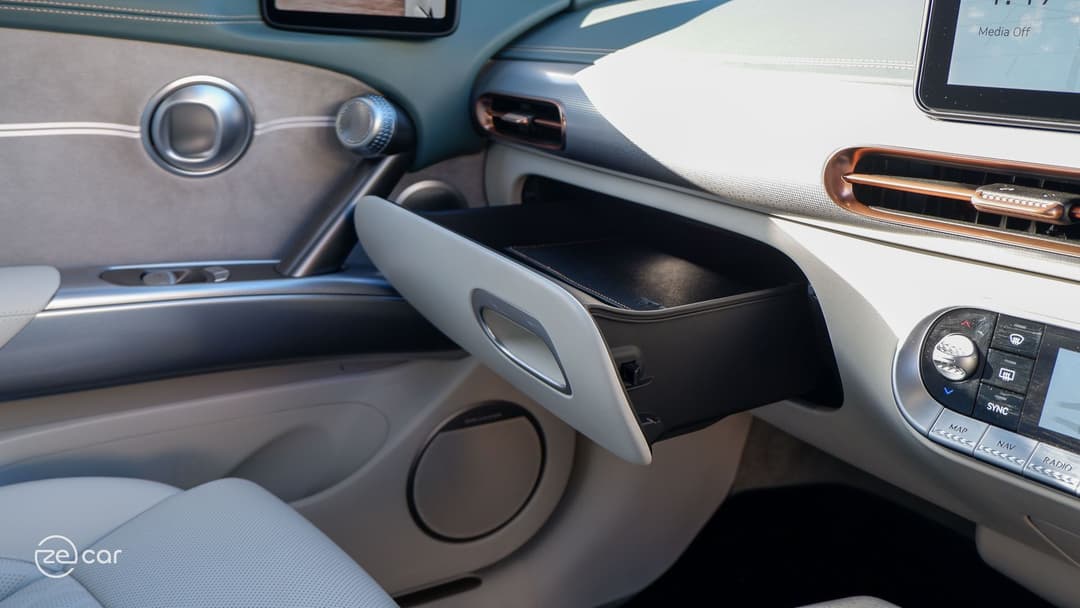
Beneath the centre console is a see-through storage tunnel to the front. It has a divider in the middle and net at each side to keep things secure; however, since it’s quite hidden and down at the floor, I often forgot that I had things in there. It's hard to see and reach for valuables inside.
At the front, there’s a hidden compartment underneath the climate control display (more reminiscent of an ashtray) and the slide-out glove drawer is more shallow than the Ioniq 5, though that’s beneficial for whoever is sat in the passenger seat since it doesn’t intrude their legs as much when it’s open.
A strange quirk I noticed is the spinning crystal ball drive selector and glove drawer LED lamp can get fairly warm (trust me, it’s a mild oven for Coles bakery cookies).
Technology
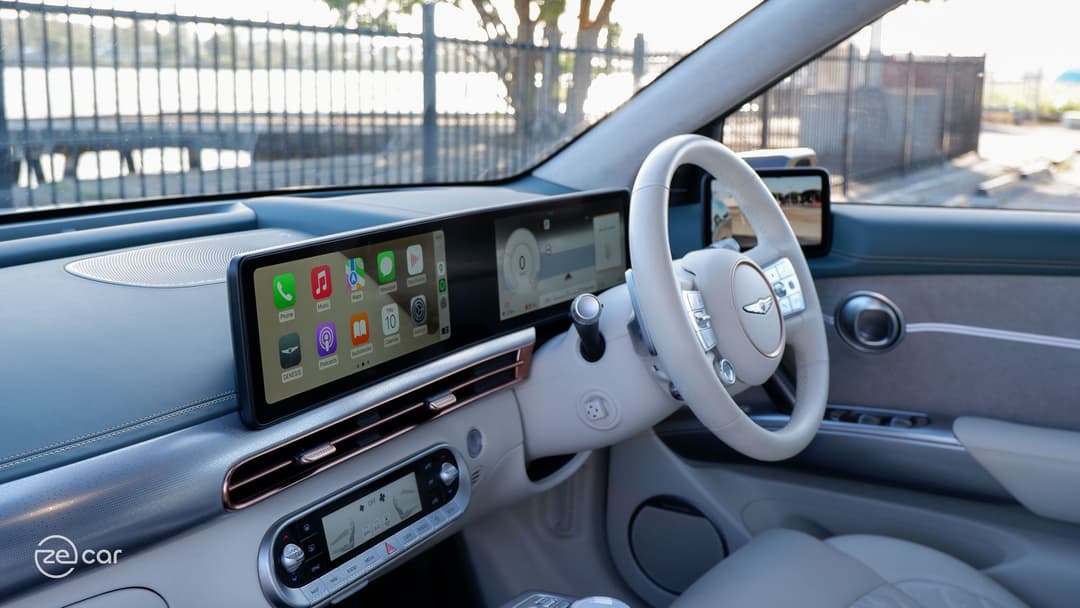
The Genesis GV60 features six screens in total – and can be overwhelming at first.
Two central 12.3-inch infotainment and driver’s instrument displays are joined on a single panel; a six-inch touchscreen displays the climate control; a head-up display (HUD) is projected onto the windscreen; and two dedicated OLED screens display the camera-based digital side mirrors on each side of the cabin. The former isn’t the concave curve like the Kia EV6, but the touchscreen is slightly angled towards the driver.
The luxury electric car is powered by the carmaker's newest operating system – and is a marked step up from the Ioniq 5 and EV6. Although the basic screens and functions are the same, there are slicker animations with an overall more modern user interface and larger fonts. It even switches between light and dark modes automatically – which was a pet peeve on the Ioniq 5 – and the built-in maps can show augmented reality (AR) navigation and safety prompts using the front camera in real-time.
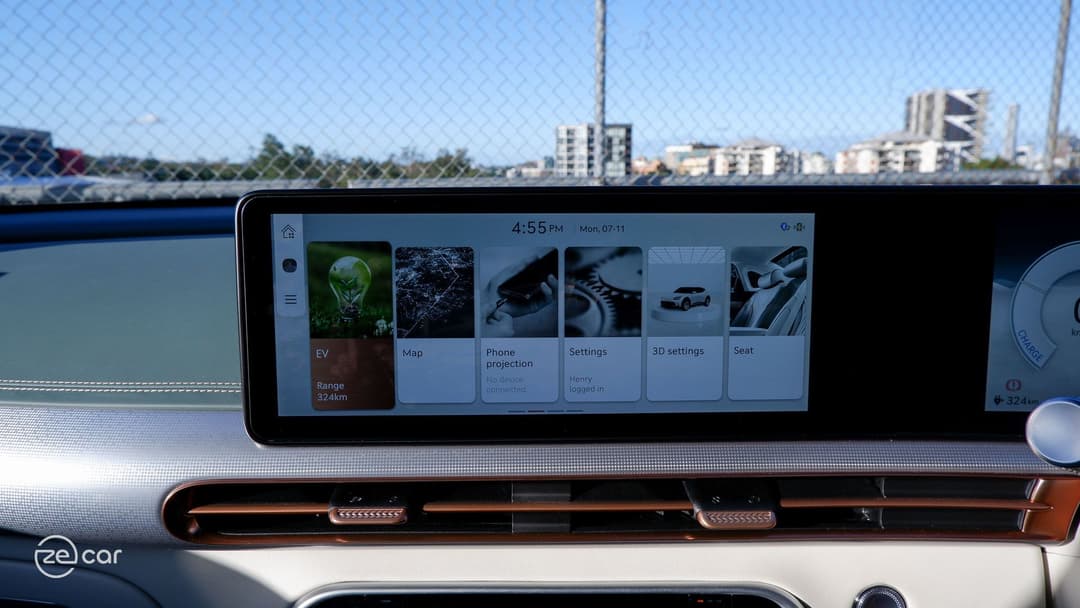
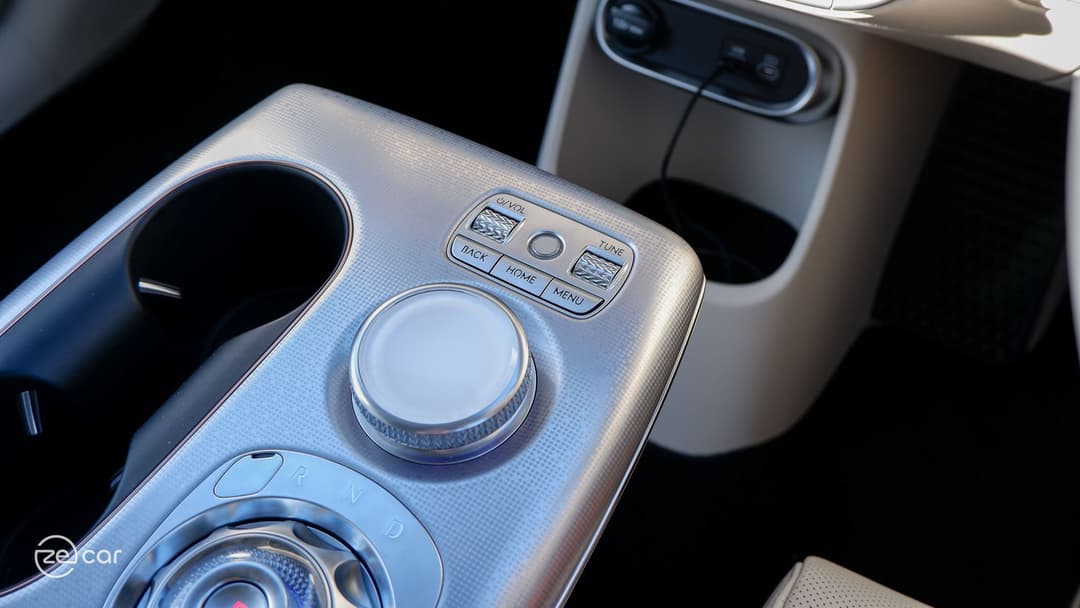
However, while it has a headline-grabbing fingerprint scanner, it’s only for selecting the driver profile infotainment and seat settings when starting up the vehicle. This isn’t necessary since you can just choose the profile on the screen – it even isn’t locked behind the authentication system.
While the touchscreen isn’t a far reach, the GV60 boasts a rotating dial on the centre console to navigate the software. It's intuitive after some time adjusting to it, but is annoying to use for smartphone projection systems since their interfaces are designed for touch inputs. The controller also boasts handwriting recognition for use within the built-in software, but is slower than directly tapping the on-screen keyboard. Above the dial is an ergonomic and satisfying volume dial.
The luxury electric car is capable of wired Apple CarPlay and wired Android Auto, the latter finally filling the full screen. It’s disappointing that a cable is still needed, but the GV60 is the only model of the South Korean EV trio to use a USB-C port for smartphone projection. The awkwardly low and far storage cubby to plug in the smartphone is akin to the Ioniq 5, but I noticed it's larger to accommodate bigger devices.
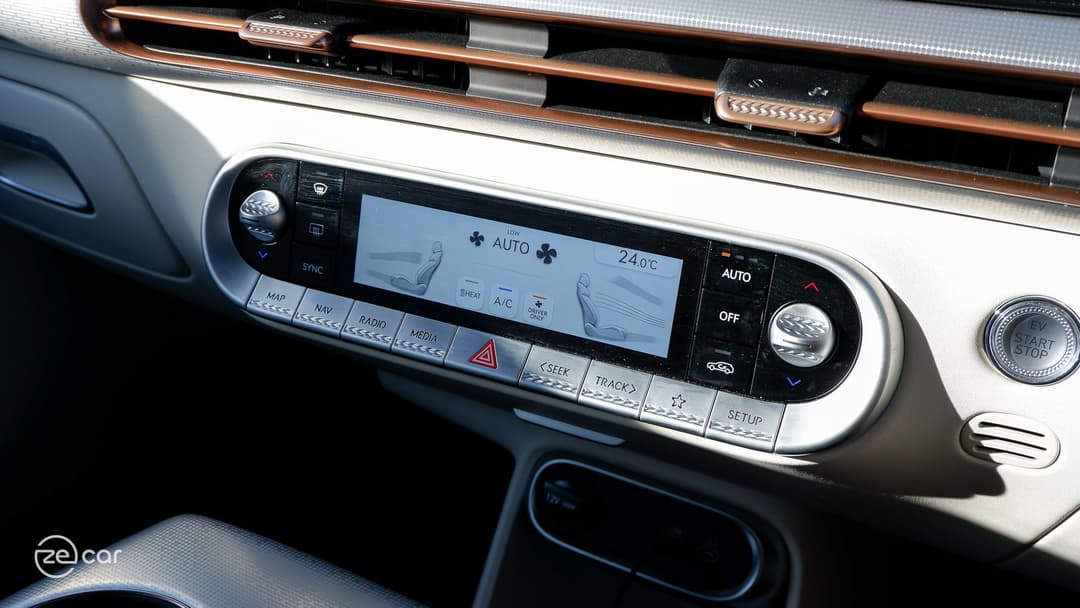
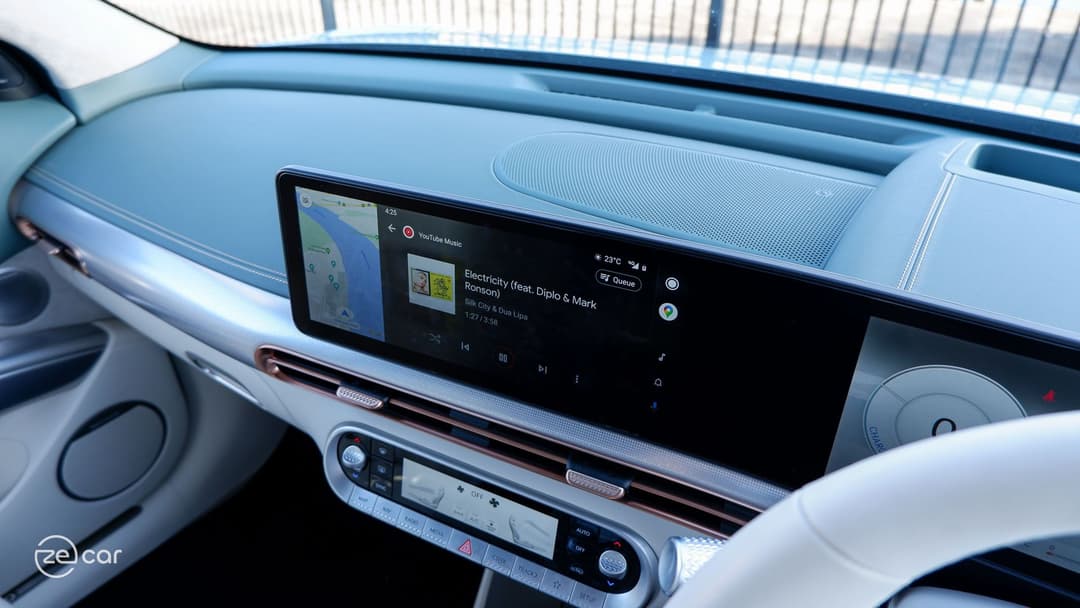
Although Kia and Hyundai are starting to deploy internet connectivity and remote mobile app features, it’s lacking on Genesis.
Additionally, the GV60 has a dedicated six-inch climate control display. The touchscreen has haptic feedback when you press on it, but thankfully, most of the time you’ll be using the physical buttons and toggles on the side to change the temperature. The HVAC screen is only useful for toggling on and off air vents and the driver’s only function, but the touch targets are quite small.
Meanwhile, the 12.3-inch driver’s display is again a step up from Hyundai and Kia. It’s more customisable with the option to switch between digital instruments like the Ioniq 5 or analogue dials like the Kona Electric.
There are now widgets on the right side (instead of on the touchscreen), which can be switched via swiping on the touch sensitive sensor pad on the steering wheel or it can be hidden completely to see the background pages. In addition to the safety assist screen, you can finally have the full screen built-in map or AR navigation camera view on the driver’s display. The fonts are larger and bolder, too, making it easier to see.
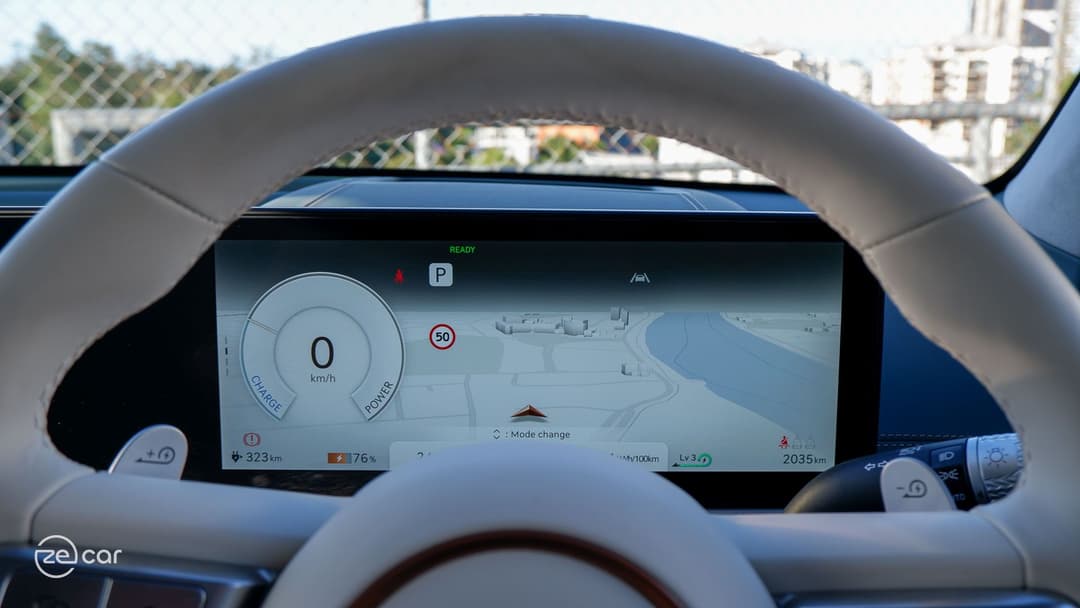
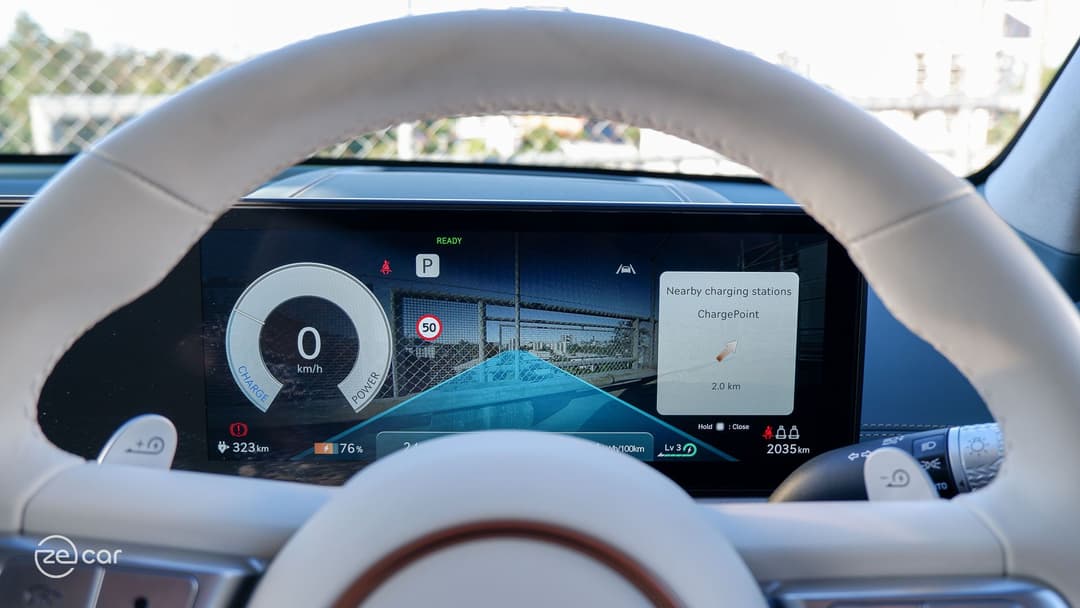
The software on the digital driver’s screen is so new that I struggled to find how to reset the trip computer – I needed to go to the widget and press three times on the touch capacitive steering wheel button, instead of holding the ‘ok’ button like on all other Hyundai, Kia and Genesis products.
As opposed to the EV6, the GV60 doesn’t boast an AR function on its HUD. But as we found out on our review, it’s not necessary and is legible – ironically keeping me from looking at the nice instruments.
USB-C ports are used throughout the cabin and the sloping Qi wireless phone charging pad hides the smartphone screen well next to the centre armrest. There’s also a whopping 17-speaker Bang & Olufsen system, but it sounded average to my non-audiophile ears.
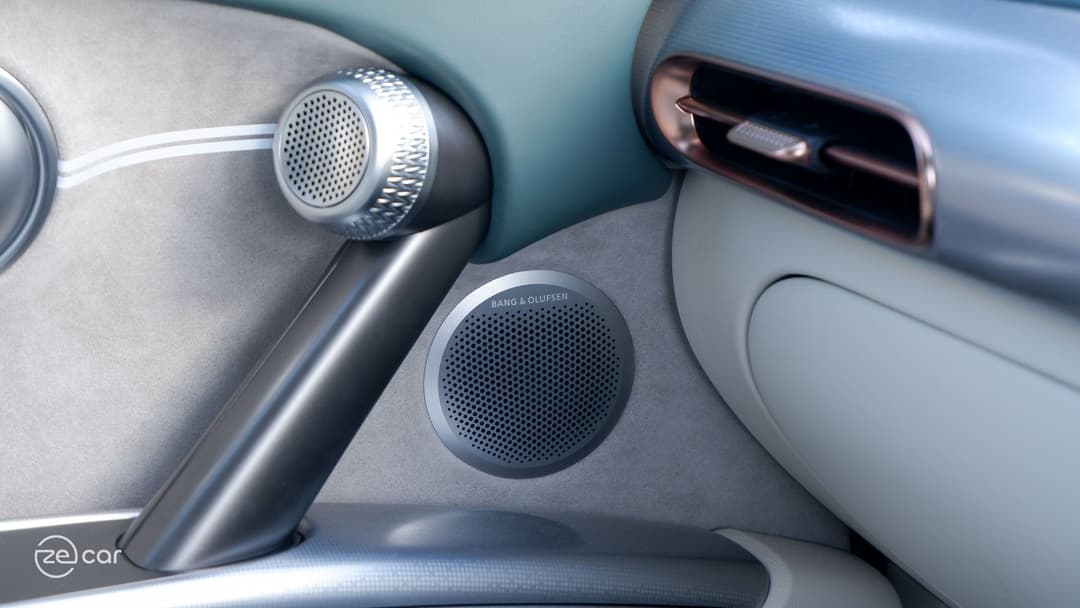
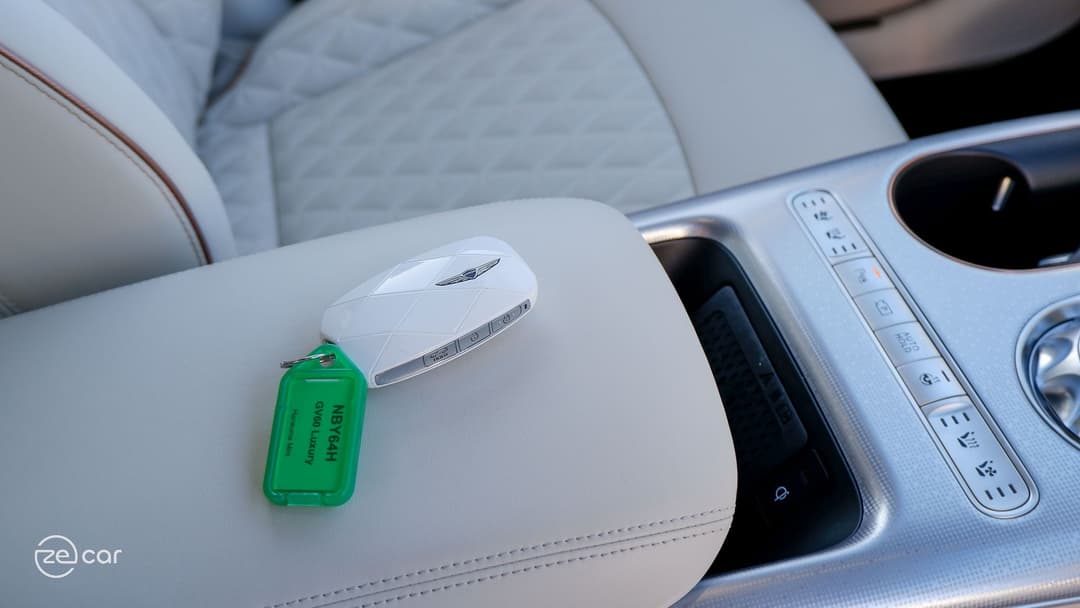
The Genesis GV60 comes with a diamond-patterned, but plastic, white key fob. Though, the side buttons are tiny and difficult to see, especially when turning on the remote start and remote parking assist function.
Unfortunately, the fancy key fob doesn’t include the physical backup key inside. Instead, if the battery goes flat and you need to unlock the doors manually or need to unlock the cover for the interior V2L, you’ll need to bring the separate ‘mechanical key’ that is in its own storage cover. This is an unintuitive hassle.
Safety assist
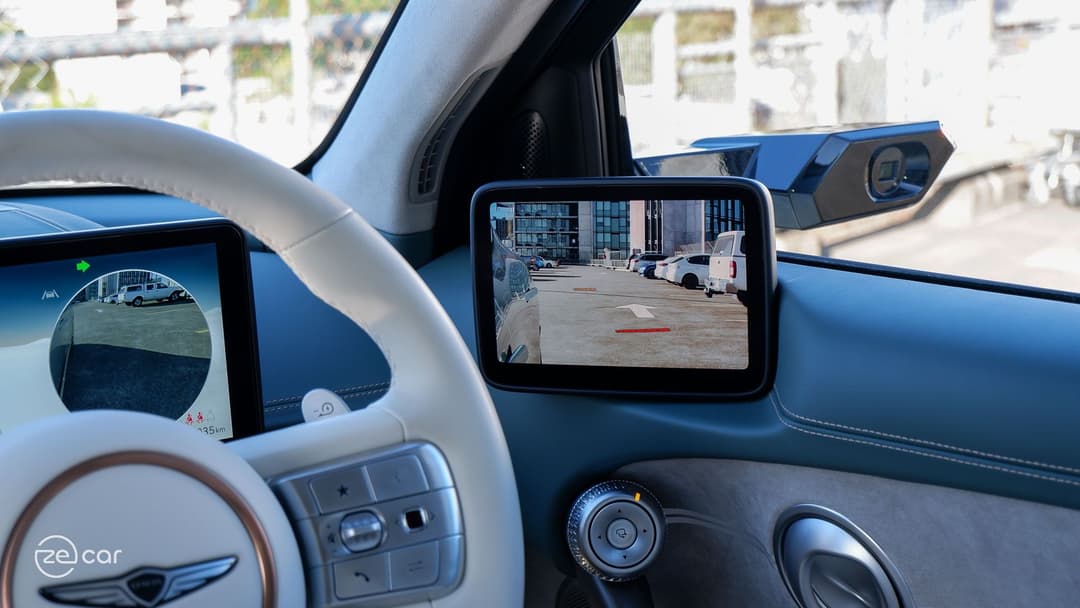
All Genesis GV60 variants come with the full suite of active safety assistance systems, including: auto emergency braking (AEB) with car/pedestrian/cyclist/junction turning/lane-change oncoming side detection; blind spot and rear cross traffic warning and collision avoidance assist; blind spot camera view monitor; lane following- and keeping assist; stop/go smart cruise control with machine learning; a 360-degree surround view camera; front, side and rear parking sensors; safe exit assist; rear occupant warning; full adaptive LED lights; and evasive steering assist.
Like all newer Hyundai group vehicles, the adaptive cruise control and lane centring assist works well but needs driver intervention if a vehicle in front cuts too closely or if it’s on a crest or turn. Like the Ioniq 5, it can learn your driving behaviour and adjust its semi-automated acceleration, responsiveness and distance.
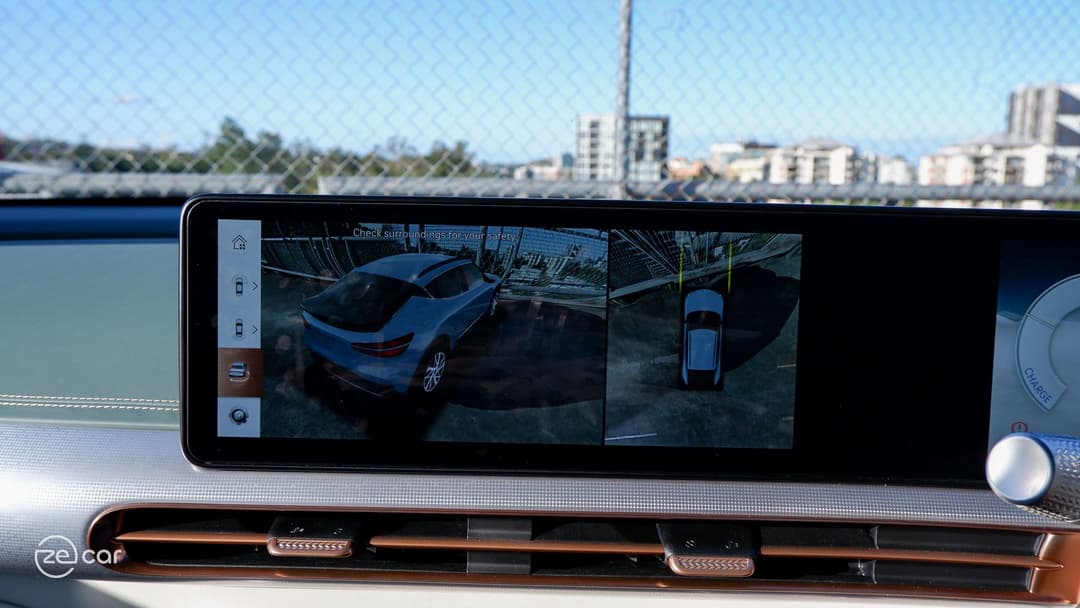
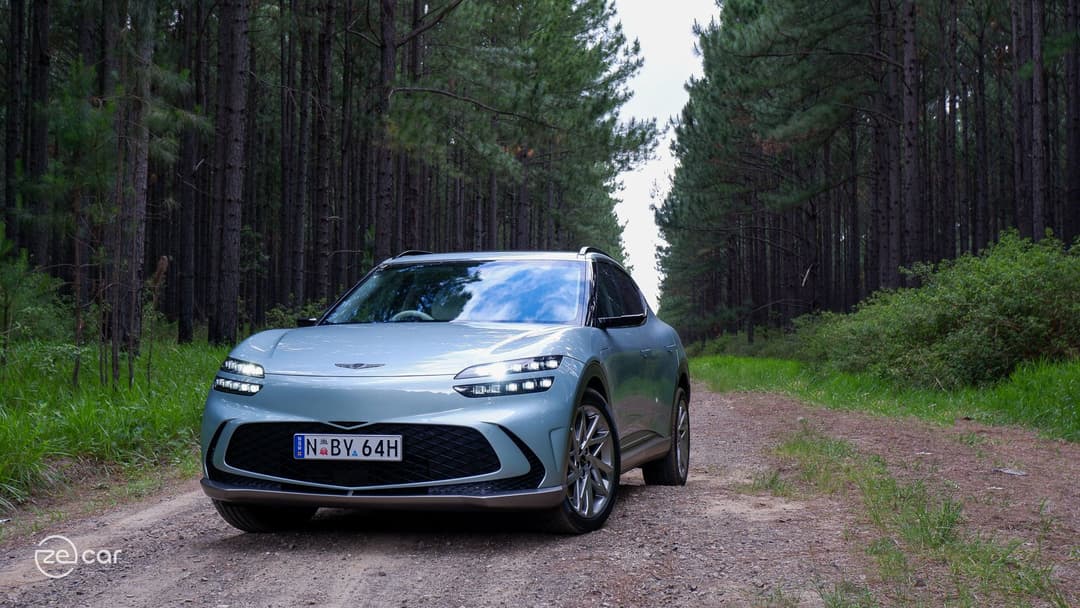
I did notice that the warning prompts to keep holding the steering wheel are more zealous than the Ioniq 5 and EV6, so a touch capacitive sensor (rather than sensing physical pulls) would be welcome given its loftier price tag.
A key differentiator from its Hyundai and Kia electric car siblings is the inclusion of adaptive matrix LED headlights. They work well at night, automatically turning on the high beam and blocking individual pixels to avoid glaring other drivers.
At the back, the rear LED indicators are integrated at the rear bumper – and the reversing lights in particular are even lower and smaller down, which isn’t ideal. But, it’s offset by projecting white lines on the ground when reversing; it’s only visible in darker and nighttime environments, though.
Range and charging
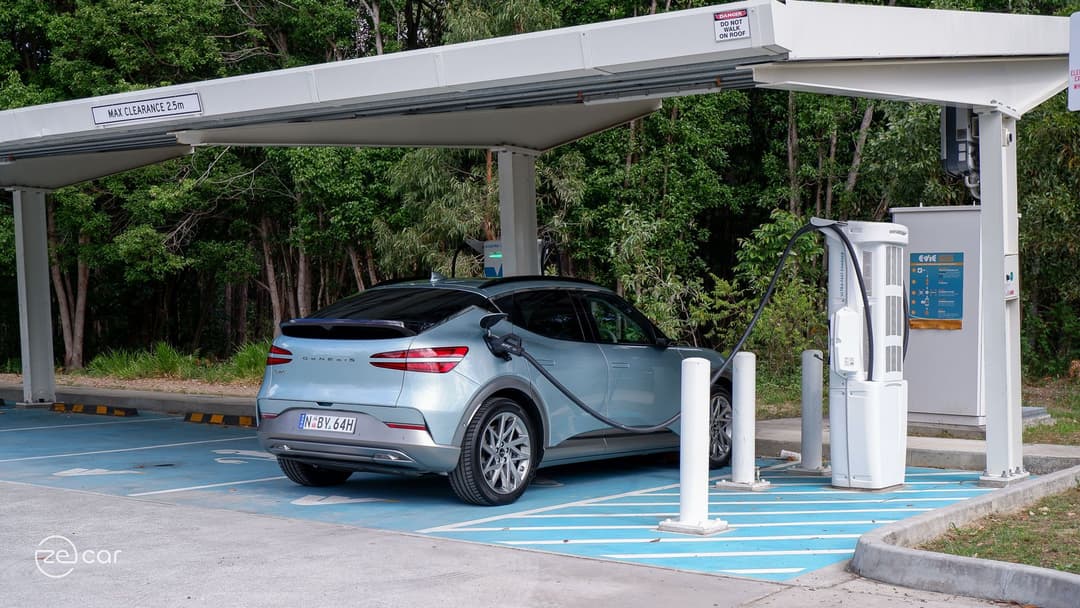
The Genesis GV60 features a large 74kWh (usable) battery pack able to charge at up to 10.5kW AC and 350kW DC speeds using a higher 800-volt architecture.
In our real-world test, the GV60 recharged from 13 to 80 per cent in just 20 minutes, achieving a 230kW peak rate on the ultra rapid public charger.
It started to throttle progressively down from around 150kW at the eight minute mark to about 110kW when 80 per cent was reached, then slowed down drastically afterwards as with all EVs to preserve the battery health.
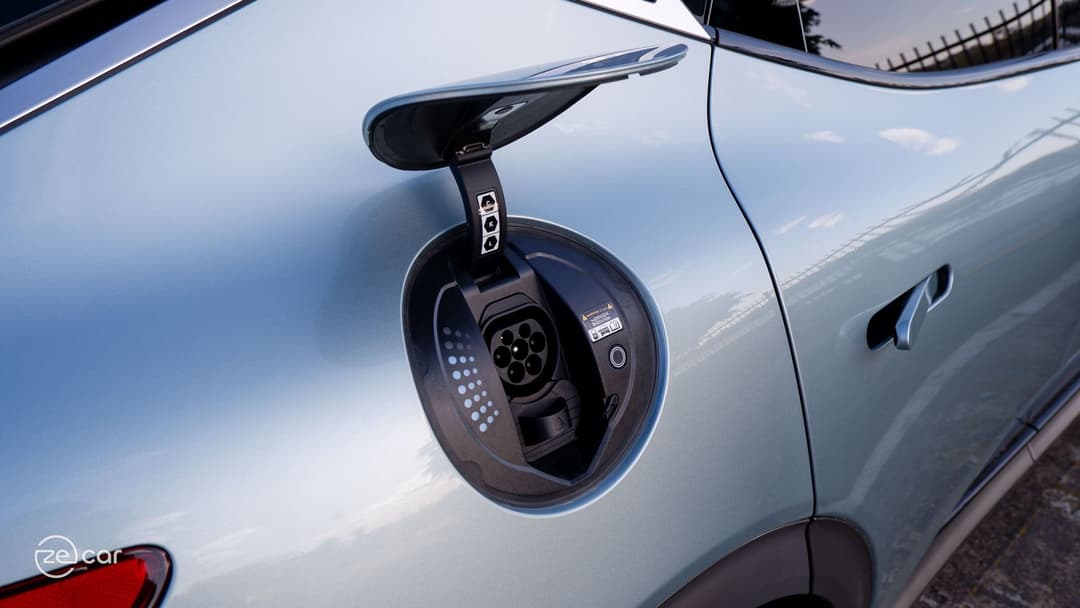
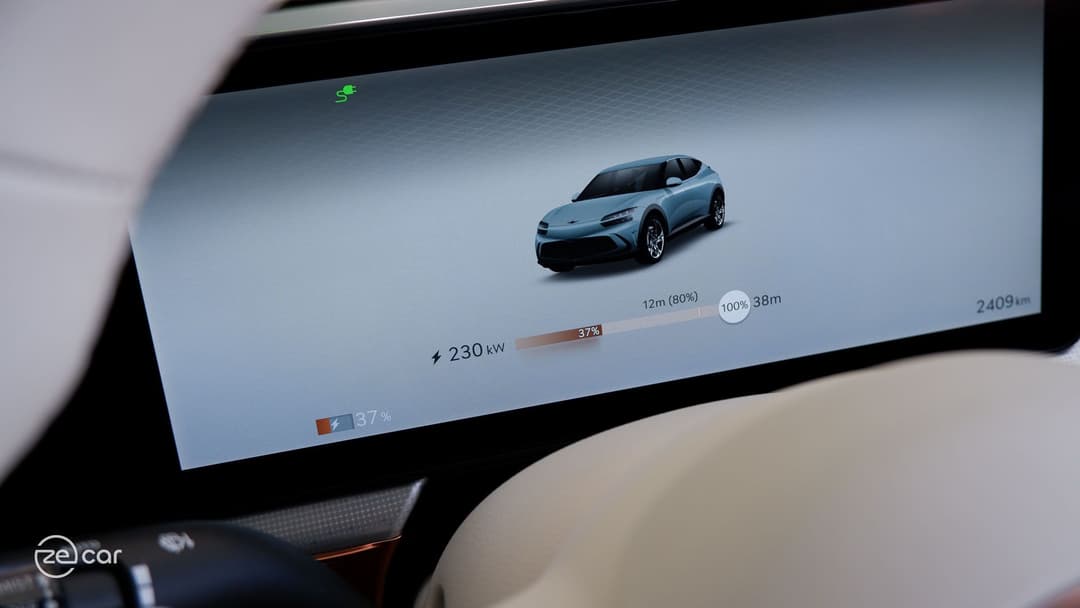
We used the battery preconditioning function by setting the built-in navigation to the 350kW public charger as the destination. Of the South Korean E-GMP trio, only the recently introduced top-spec Hyundai Ioniq 5 Epiq also boasts this function in Australia.
The medium electric crossover’s Type 2/CCS2 charging port is located on the rear-right side like the Hyundai, but is placed higher up due to the bulging bodywork above the wheel arches. This may be less accessible for some owners. Interestingly, the GV60 has eight levels of LED charge status lights displayed – double the Ioniq 5s blocky pixel indicators.
As per all Genesis EVs, a key perk for new owners is the option to choose a free 7.2kW Genesis-branded home AC wall box (with standard installation fees) or a five-year unlimited subscription to the Chargefox charging network.
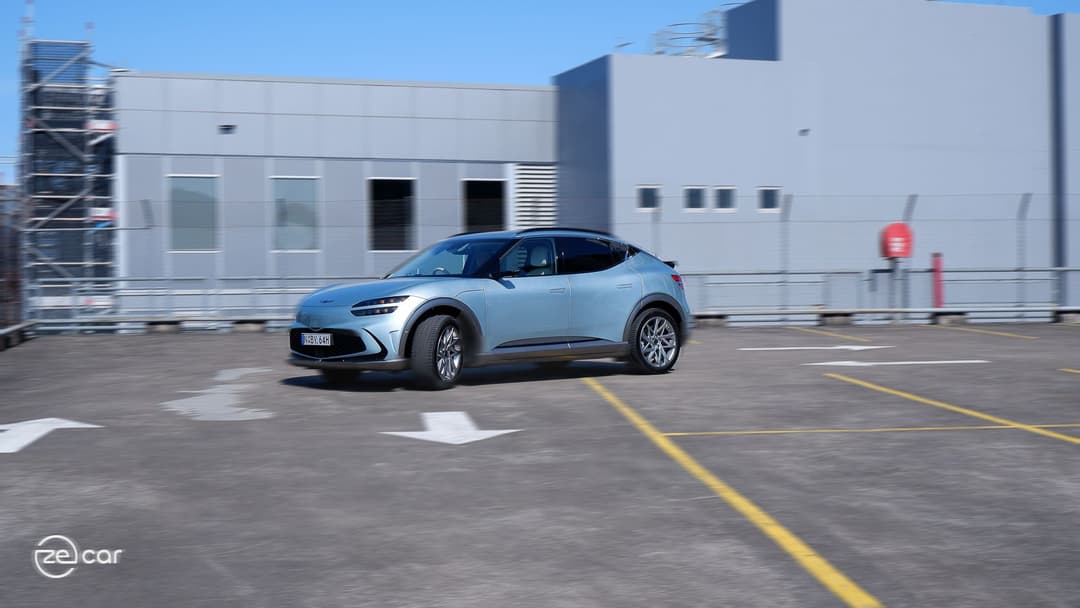
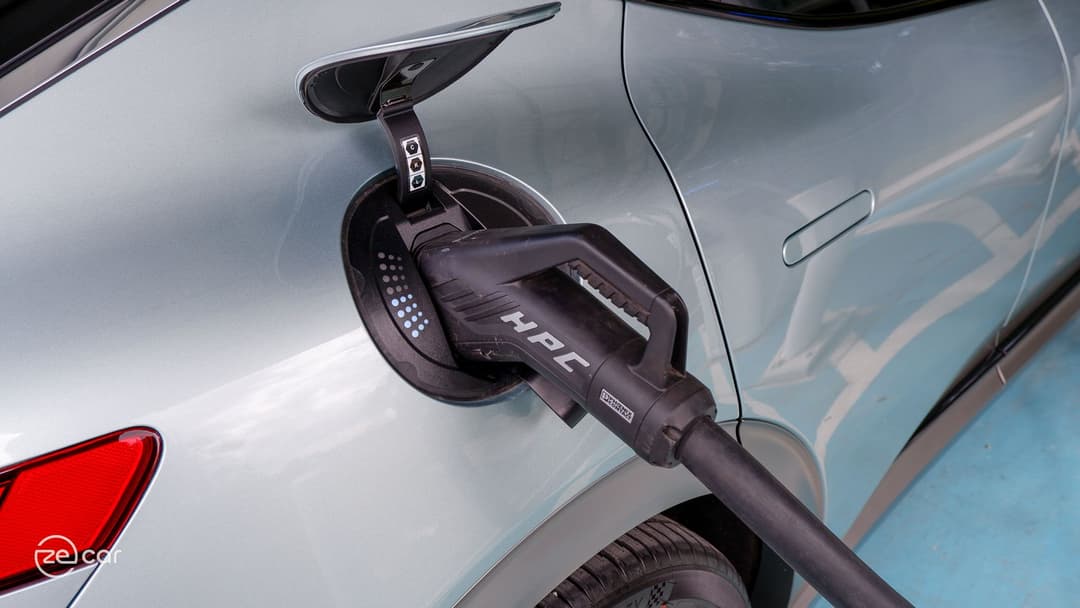
The South Korean marque claims this slightly less potent GV60 AWD version can drive for up to 470km on a single full charge with an energy consumption of 188Wh/km.
In the real-world, we obtained a driving range of 407km from an efficiency figure of 182Wh/km.
Our week consisted of a fairly balanced mix of urban, suburban and highway driving, plus sometimes driving more spiritedly in sport mode and using the climate control between 21 to 24 degrees (mostly set on the driver’s side only).
It’s not as efficient as the Ioniq 5 we tested, despite having the same 0.29 drag coefficient and, although it has a smaller footprint than the EV6, it’s 70kg heavier. It doesn’t seem like the slim camera mirrors make a tangible difference to efficiency.
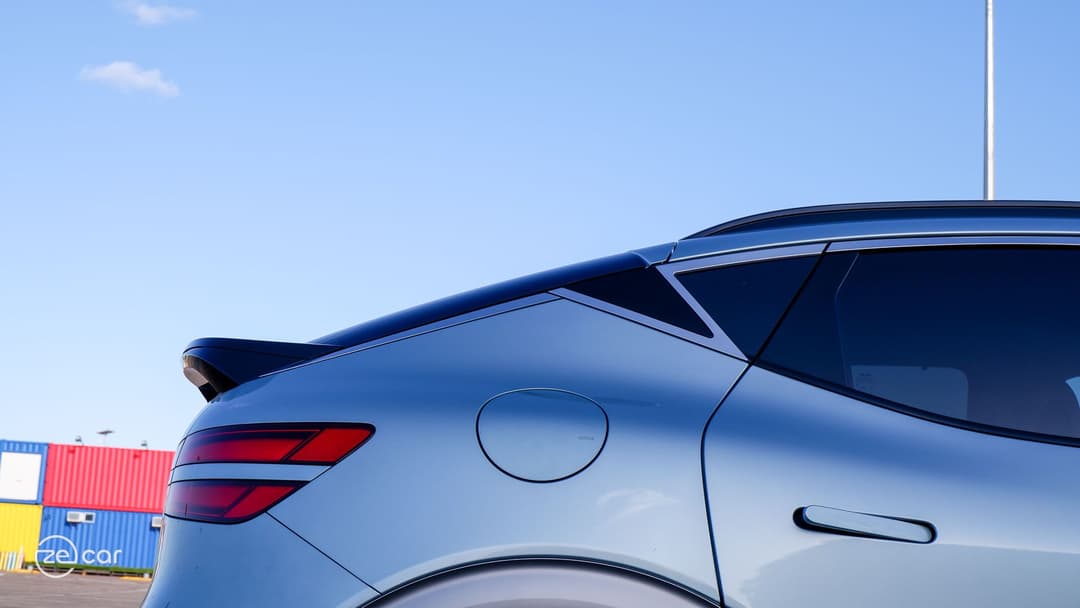
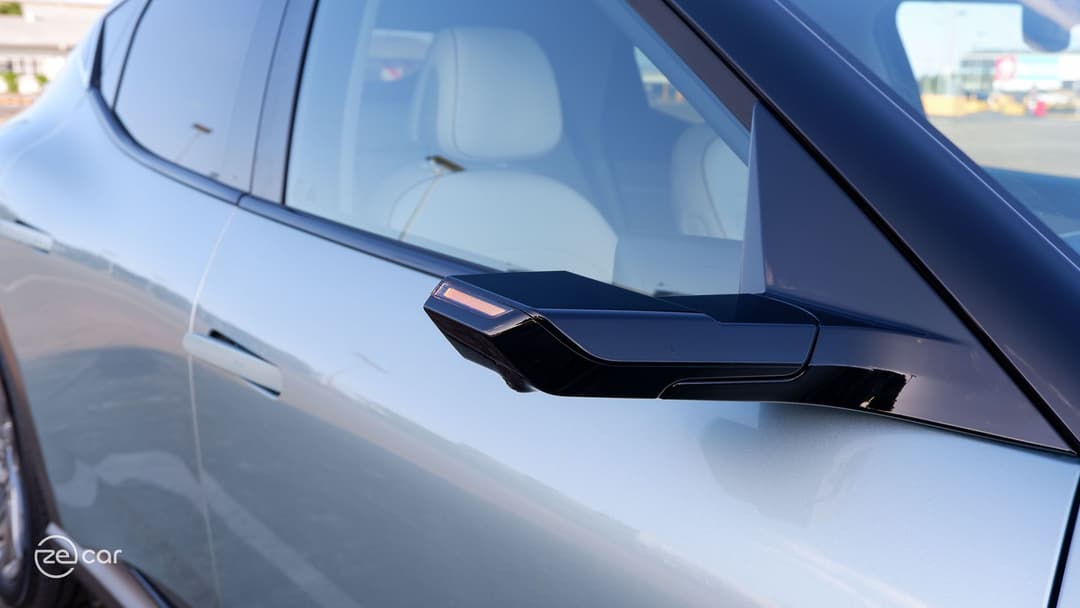
All GV60s also include a heat pump. It’s more applicable to lower extreme temperatures by harvesting the heat generated by the electric motors to power the climate control, so it wasn’t utilised as much during our week.
The bespoke electric car is capable of vehicle-to-load (V2L) to power or charge any device at up to 3.6kW AC via a home socket underneath the rear seats or the included exterior V2L adapter plugged-into the Type 2 port.
Yet, since the former requires the physical key to unlock the cover, I could not use interior V2L as it’s separate from the fancy key fob and not provided for our loan. Again, this is frustrating since physical keys are usually built into the proximity key as a failsafe.
Driving

The Genesis GV60 AWD uses two electric motors outputting 234kW of power and 605Nm of torque, accelerating from 0-100km/h in a claimed 5.5 seconds.
While it’s less potent than the flagship AWD Performance by 126kW/95Nm when in its exclusive boost mode, its figures are in line with the Hyundai Ioniq 5 AWD and Kia EV6 GT-Line variants we tested.
It overall drives well akin to the EV6 with more than enough power on tap, though sometimes you can feel its 2160kg weight (60kg more than the EV6). The suspension is compliant with a multi-link setup at the back.
Although it features active noise cancellation (ANC) with six visible microphones inside the cabin, it isn’t noticeably effective with similar isolation from the outside as per the Ioniq 5 and EV6 that don’t have ANC.
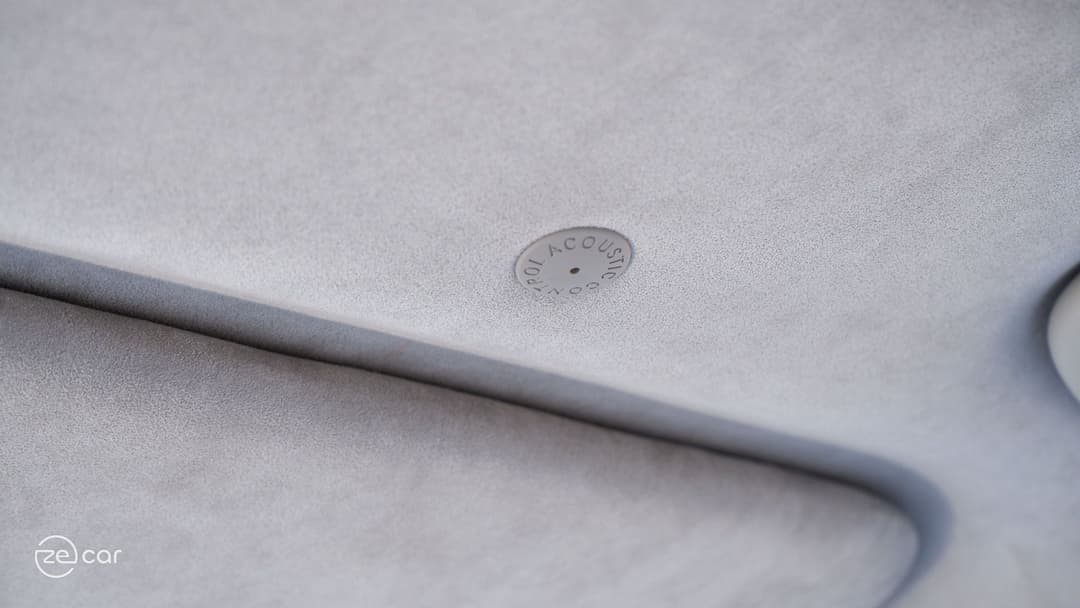
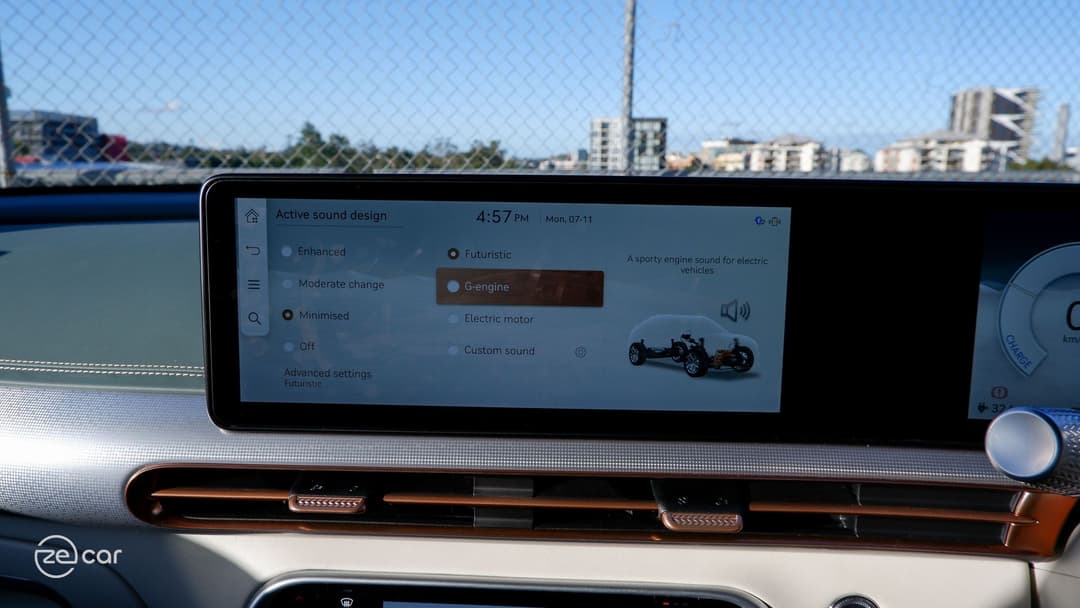
But, there’s three trick artificial driving sounds to drown out the outside: futuristic (like an electric choir), G-engine (like a groaning hot hatch internal combustion engine), and electric motor (like high-pitched electric whirring). Still, even on the highest volume setting, it doesn’t give the same sensations as driving a pure combustion-engined car. It becomes more of an inherently fake sound and annoyance over time even on the lowest volume.
The GV60s shorter length at 4515mm (120mm less than Ioniq 5 and up to 180mm less than the EV6) means it’s slightly more manoeuvrable, yet it retains a similar 11.94-metre turning circle as the Hyundai and the Kia is slightly tighter at 11.6-metres.
It might not be as obvious on the outside, but the Genesis GV60 has a split rear window due to the spoiler and obstructs rearward visibility while driving. Interestingly, since the reversing camera is on a crest motif protruding from the spoiler bar, it’s always visible in the rear view mirror.
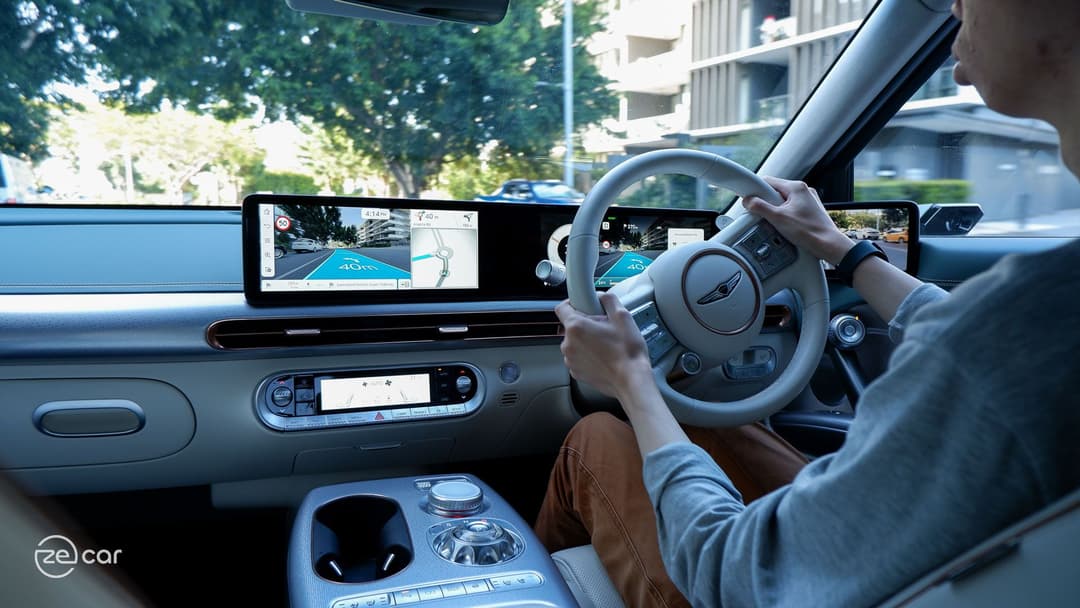
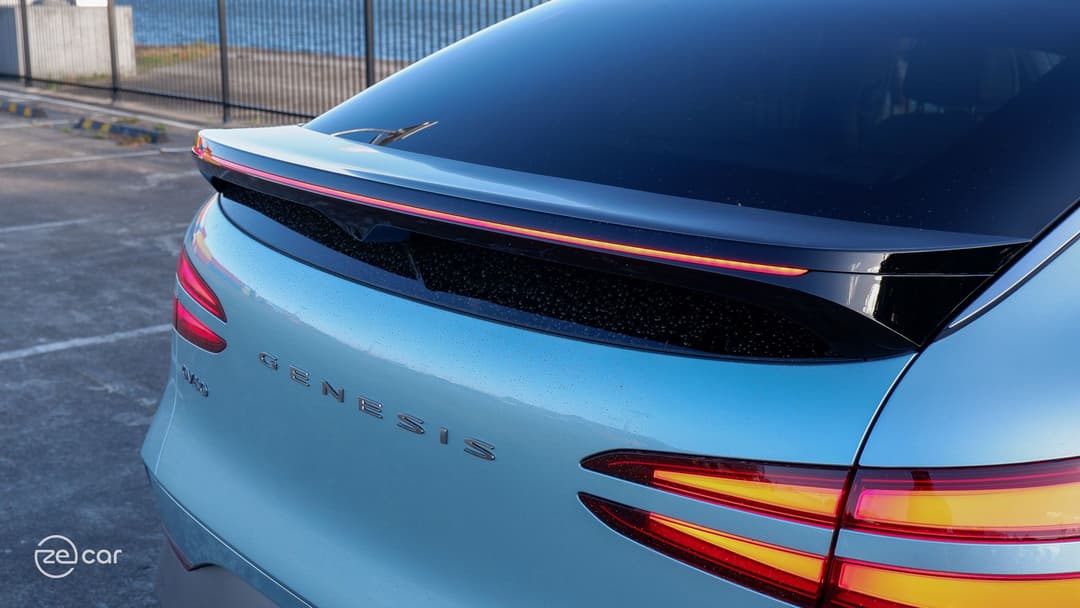
The Genesis electric car boasts three levels of regenerative braking and ‘i-Pedal’ for one-pedal driving switched via the plastic paddle shifters. Annoyingly, like all newer Hyundai group EV products, it defaults to Level 3 regen every time you turn on the car or change the drive direction. I’d like to see the rear brake lights turn on earlier while in i-Pedal as it tends to activate during harder recuperation and it’s worth noting that i-Pedal doesn’t keep the brake lights on while stationary, too.
All Australian-bound GV60’s come with the digital side mirrors as standard using an ultrawide camera lens within a slimmer wing mirror housing that theoretically should improve aerodynamic efficiency.
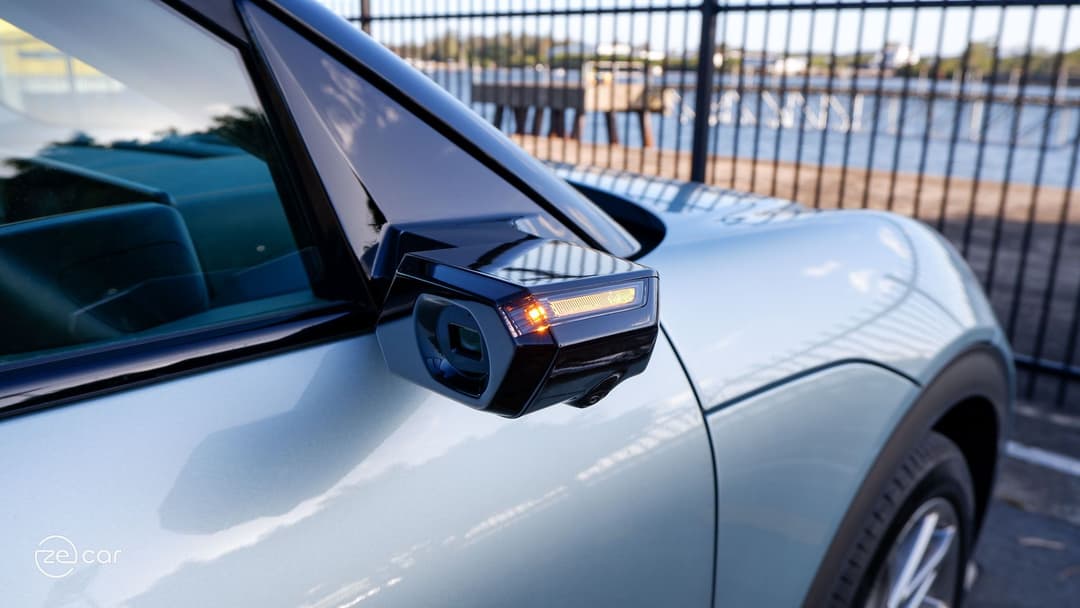
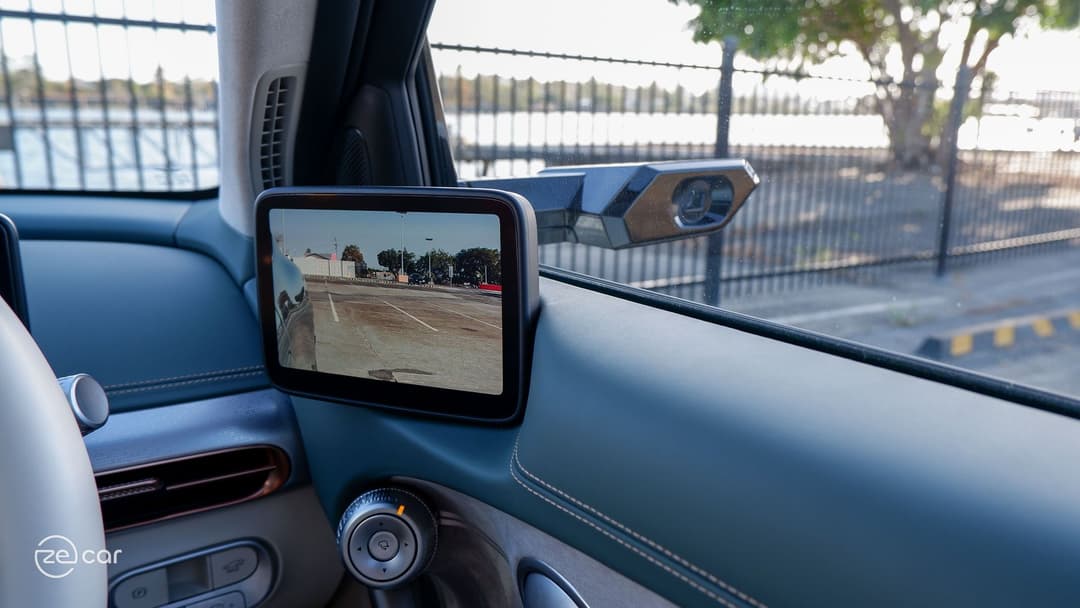
However, it's difficult to adjust to the two-dimensional view, even though it tries to help by displaying distance guidelines when indicating. Interestingly, I innately looked at the blind spot camera view on the driver’s display more often. There also isn’t as much angle adjustment available (it digitally crops the ultrawide camera rather than moving the mirror housing).
While driving, especially at high speeds with more wind, condensation often builds up within the camera lens – making the edges of the digital mirror view somewhat hazy. It’s water repellent, but the image has noticeably more noise at low light and night time conditions.
I would like to see the ability to de-spec the camera mirrors since it's gratuitous and could be a dealbreaker for would-be GV60 buyers.
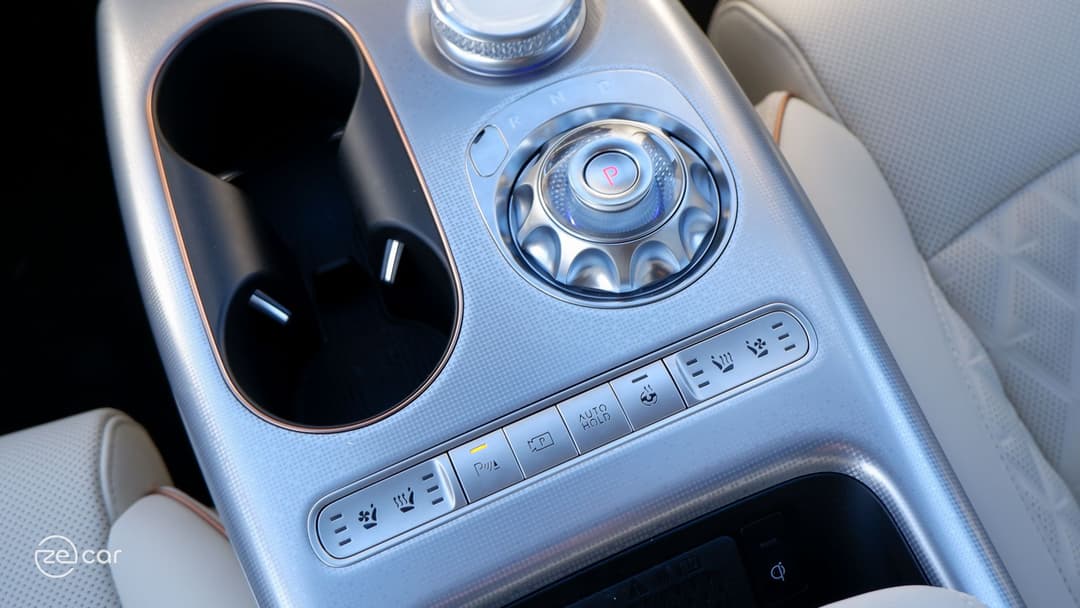
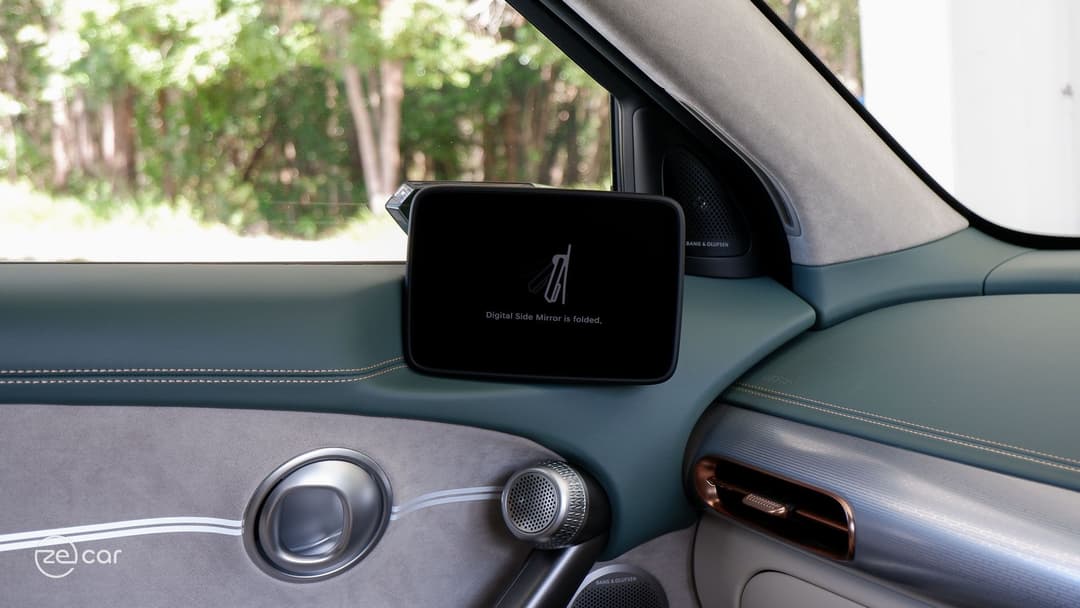
The row of buttons on the centre console to toggle the 360-degree camera, auto hold, heated steering wheel, and heated/ventilated seats are set back too far for my driving position like the Hyundai Kona Electric we tested. It’s a distraction to turn my head and look down at the buttons while driving.
The Genesis GV60 is backed by a five-year, unlimited kilometre vehicle warranty and eight-year battery warranty. The brand bundles free servicing for the first five visits for new owners and offers a valet service to pick up and drop off your vehicle, plus provide a loan car without stepping into a Hyundai dealer (which it uses for checkups) as welcome selling points.
Verdict
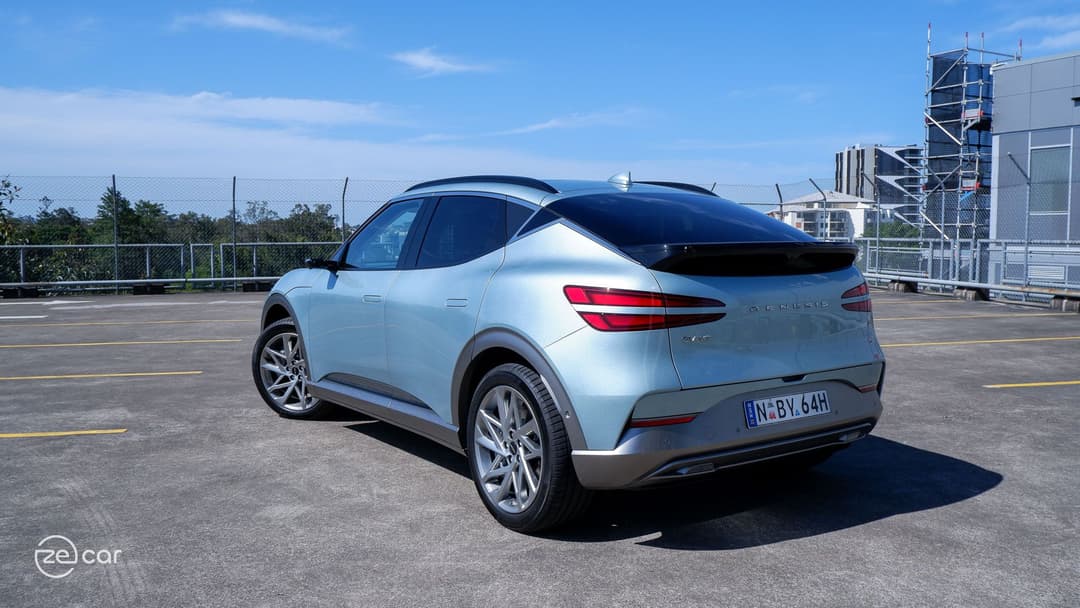
Overall Rating
8.4 out of 10
💰Value for money: 8.0
📱Tech and safety: 9.0
📏Size and practicality: 8.0
⏱️Driving and performance: 8.5
🔌Range and charging: 8.0
🛠️Warranty and running costs: 9.0
The Genesis GV60 is deliberately different. That’s no bad thing to stand out from the German luxury crowd and is successfully distinct from its own Hyundai and Kia E-GMP siblings. It also demonstrates that cars can still be distinct in the imminent single-platform sharing future.
Look past the ambiguous exterior and the GV60 is a good luxury electric crossover with a marked step up in technology and software, a unique interior, and free limited charging and servicing are key selling points that will help recoup the extra EV price premium even faster.
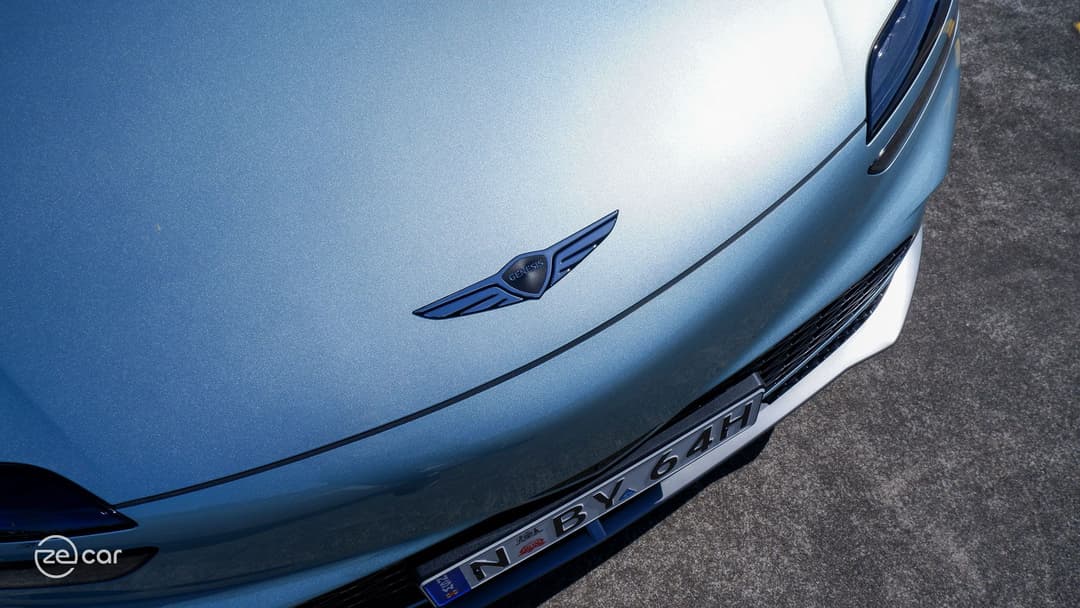
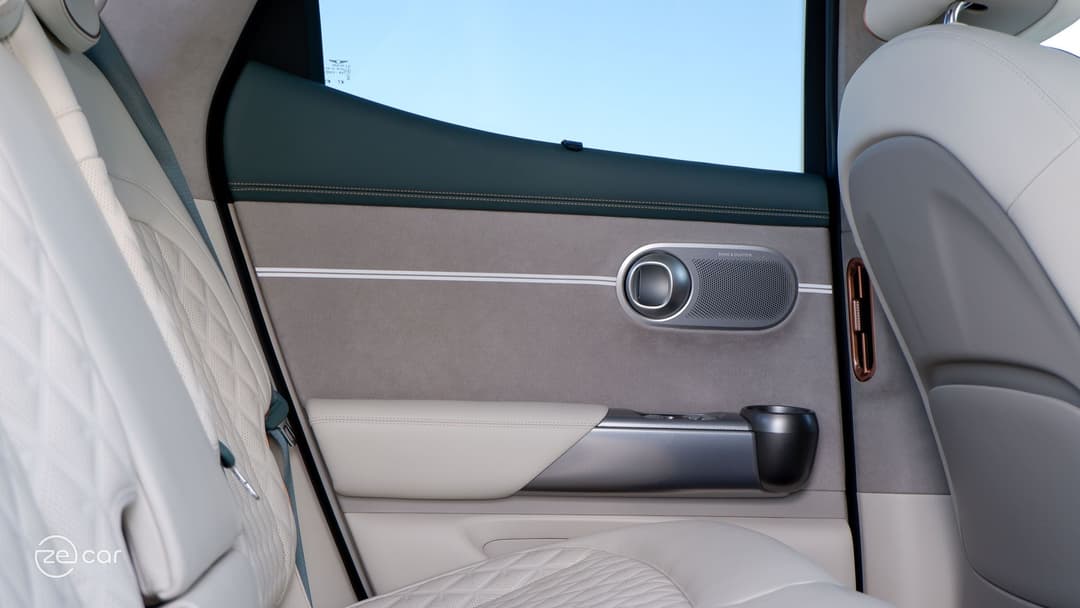
However, its use of interior plastic materials is unexpected that its six-figure price commands, I’d like to see the option to remove the imperfect and gratuitous camera side mirrors, and the physical key is frustratingly not built into the key fob.
This entry AWD spec is the pick of the line-up on paper, with the Performance AWD only gaining a boost in power and sporty hardware upgrades. Most buyers would be better off opting for the more affordable Hyundai Ioniq 5 and Kia EV6 siblings, while the forthcoming EV6 GT and Tesla Model Y Performance are more powerful for less cost.
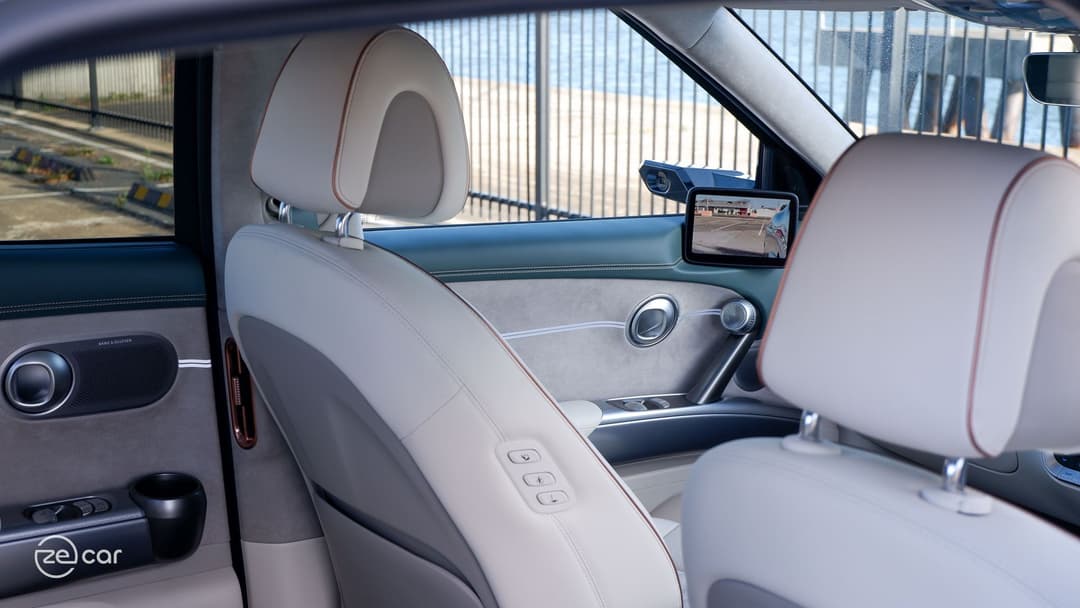
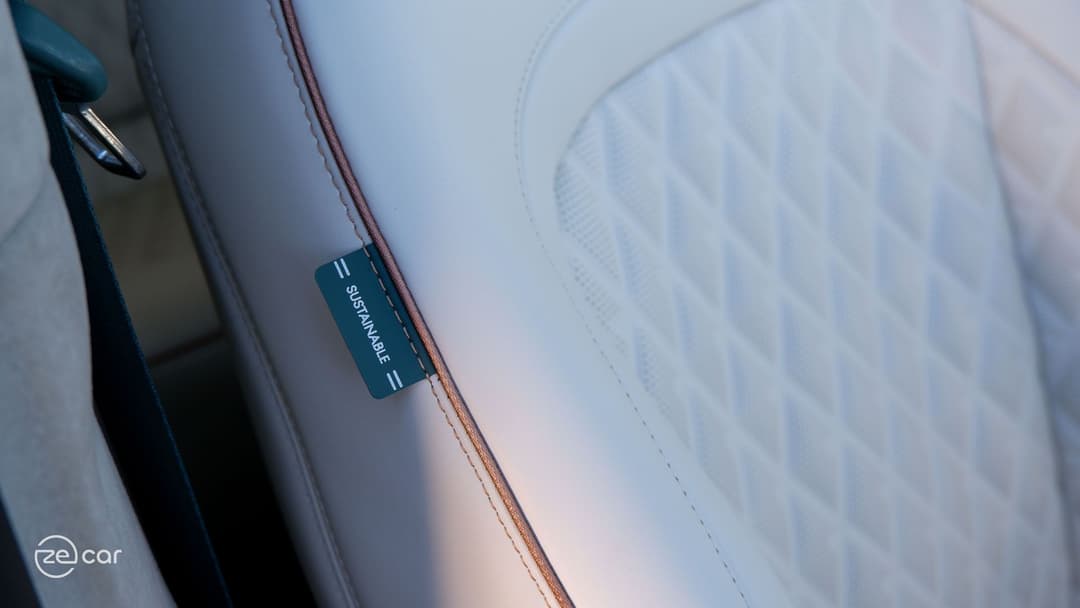
Stepping up to the larger and more conservative Genesis Electrified GV70 SUV is $24,100 dearer, but those who want the perceived luxury badge cachet at a similar price could consider the Volvo XC40 Recharge Ultimate, BMW iX3 and Mercedes-Benz EQB 350.
The Genesis GV60 isn’t going for the traditional crowd. The South Korean marque has thrown as much as it can into its first dedicated electric vehicle to target a different, more niche and youthful audience. But it won’t appease everybody. It doesn’t need to.
GV60 FAQs
Datawrappers by Danny Thai
Photographs by Henry Man
About the author
Stay up to date with the latest EV news
- Get the latest news and update
- New EV model releases
- Get money savings-deal




